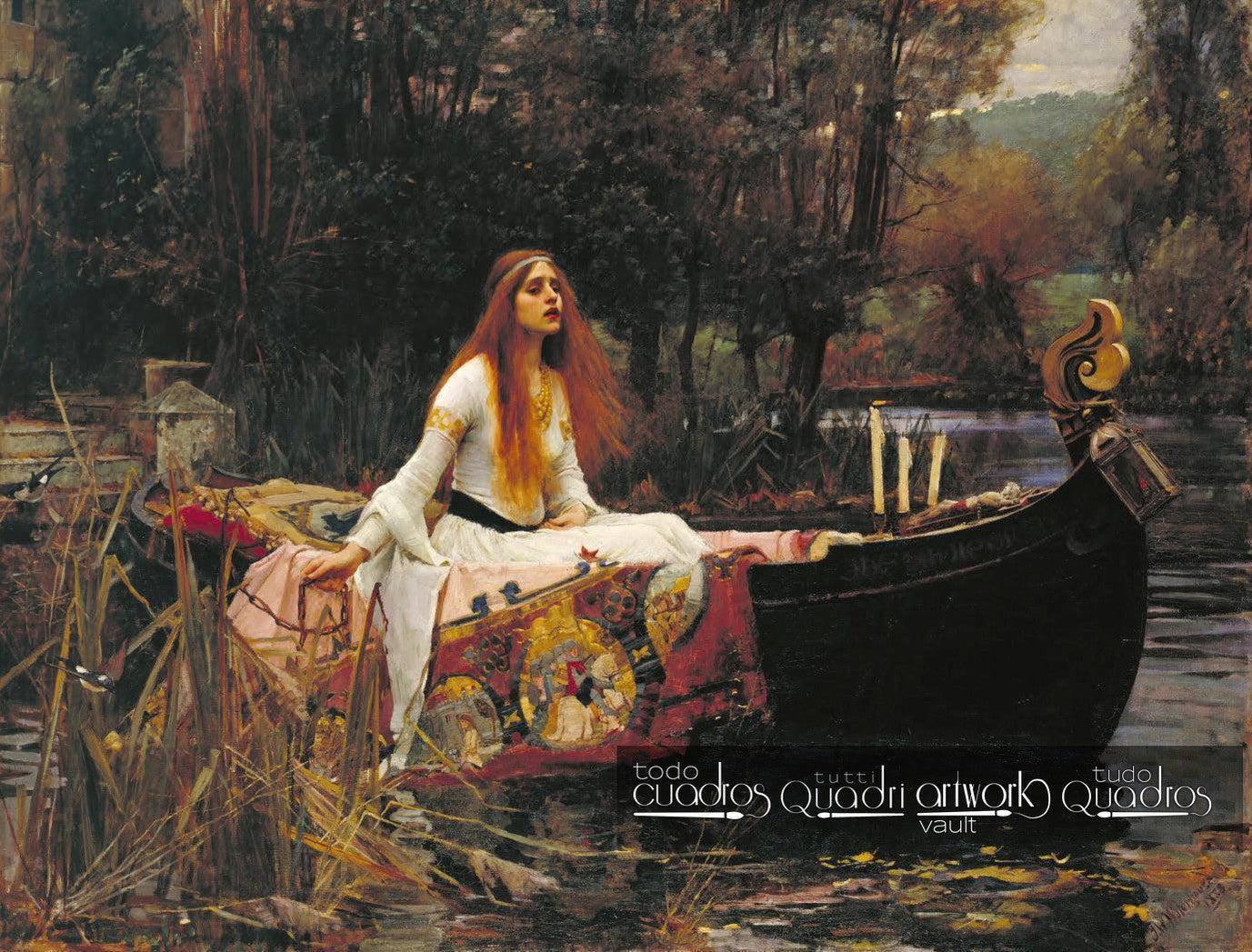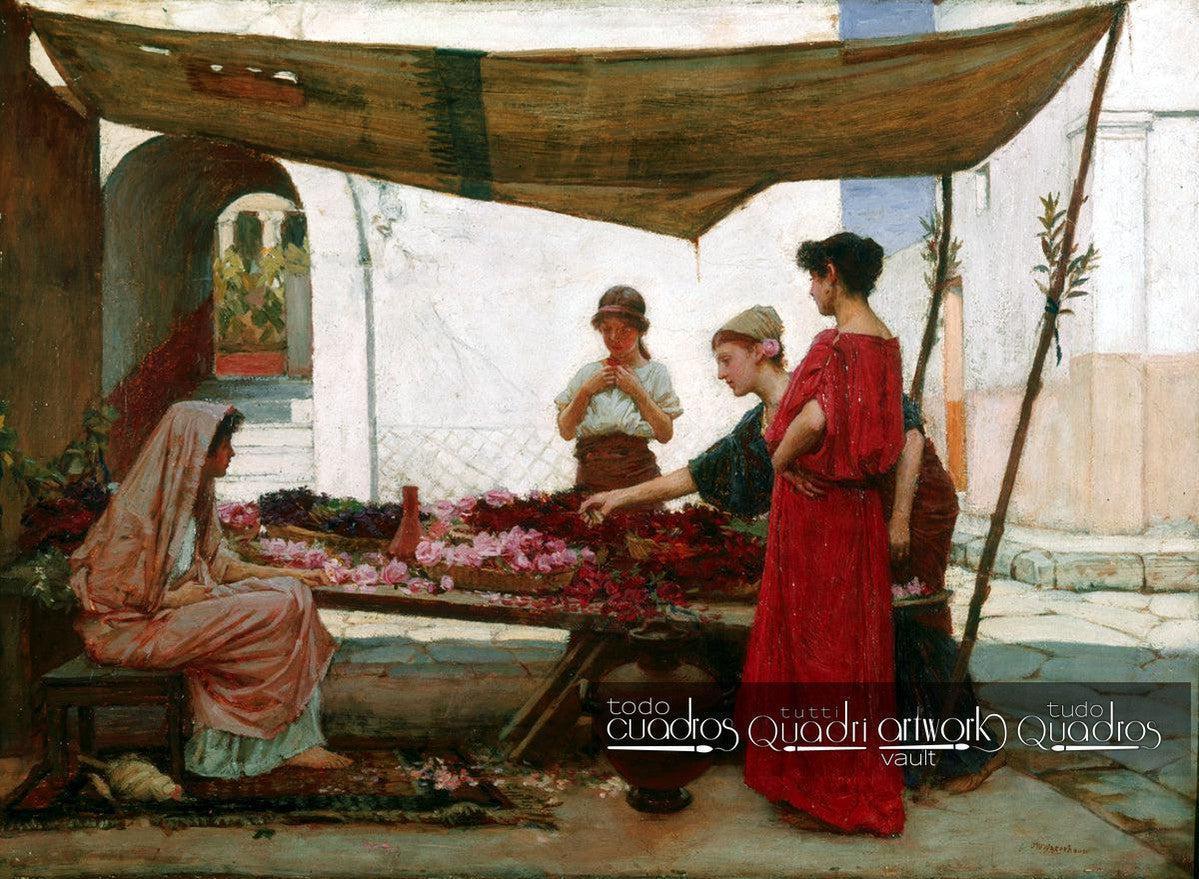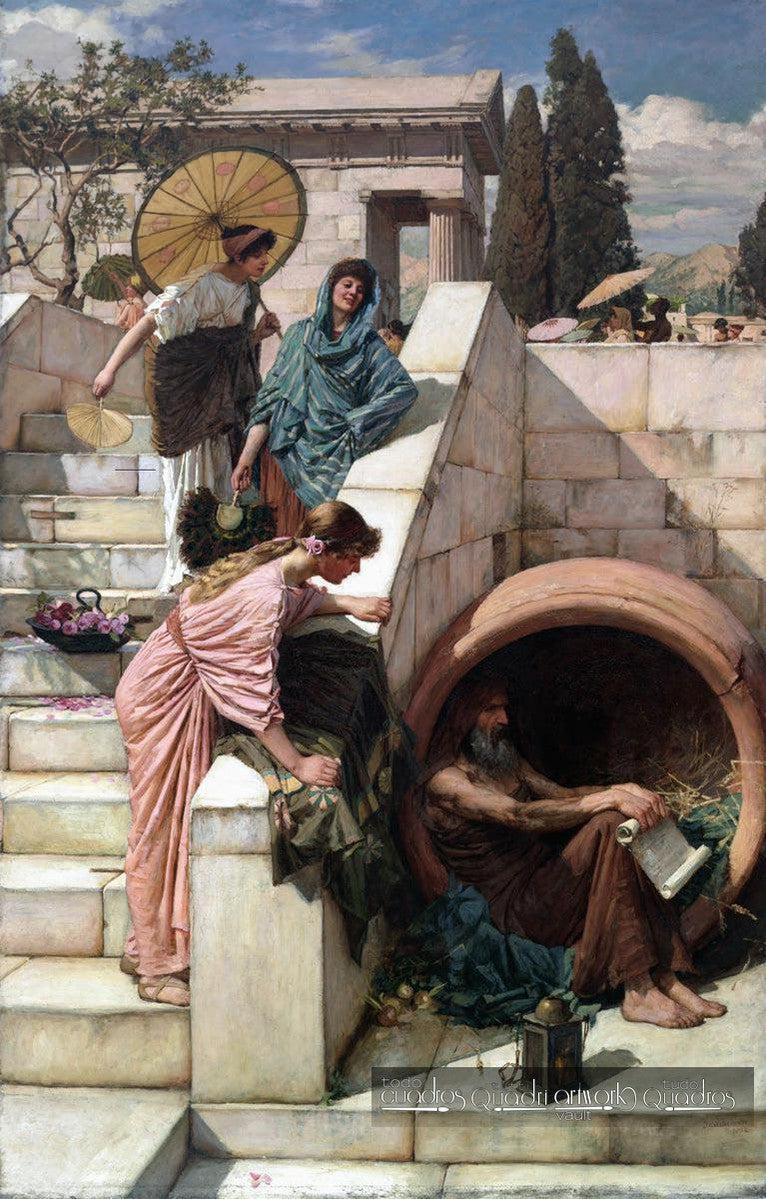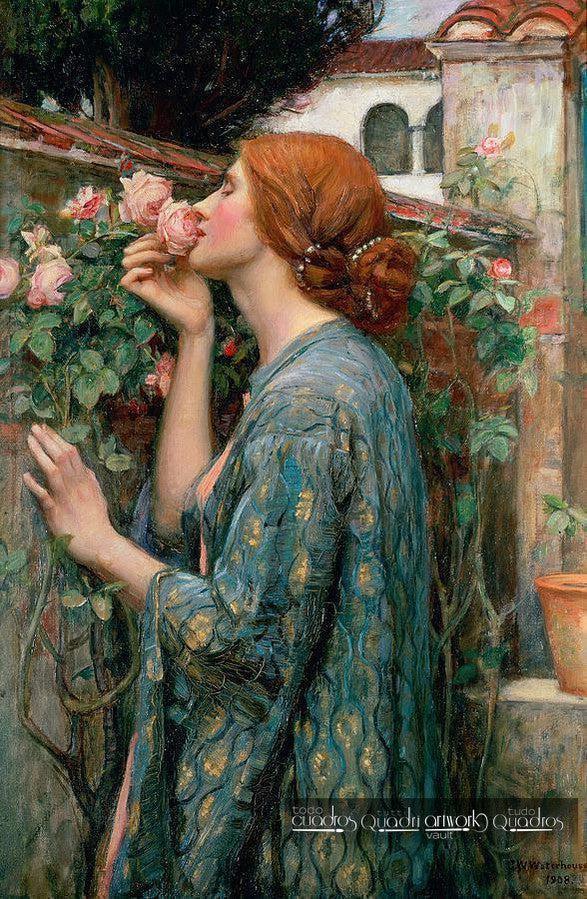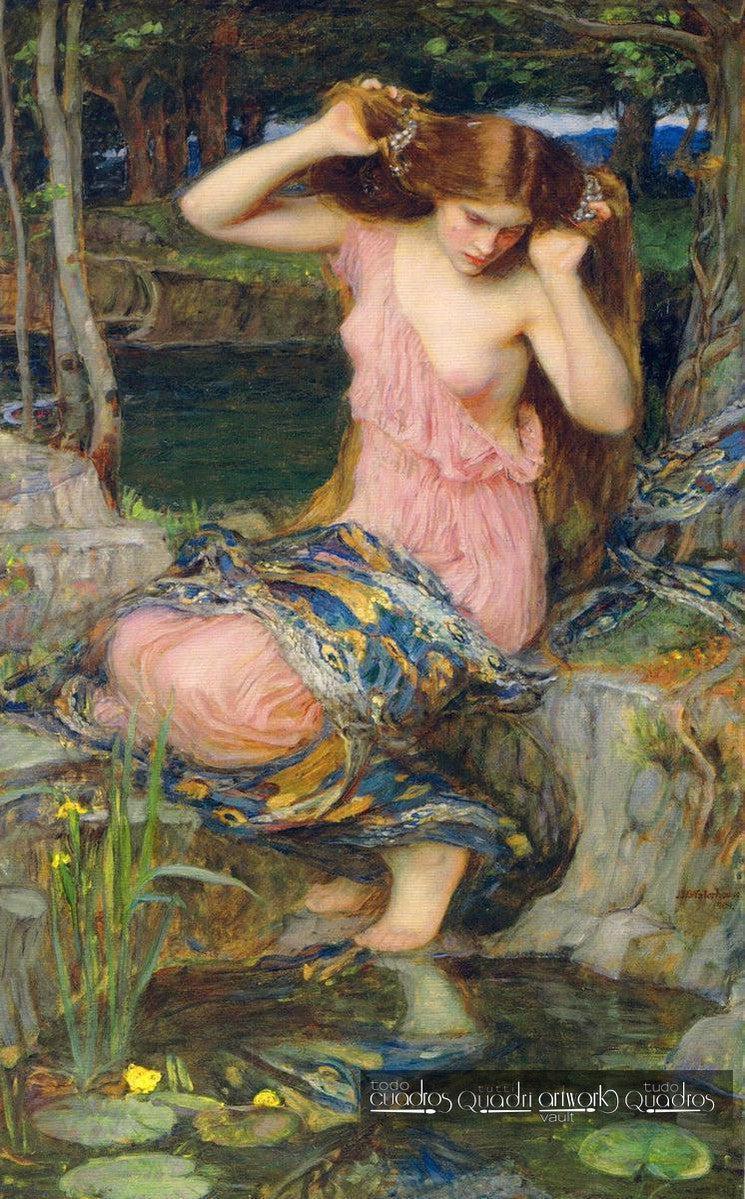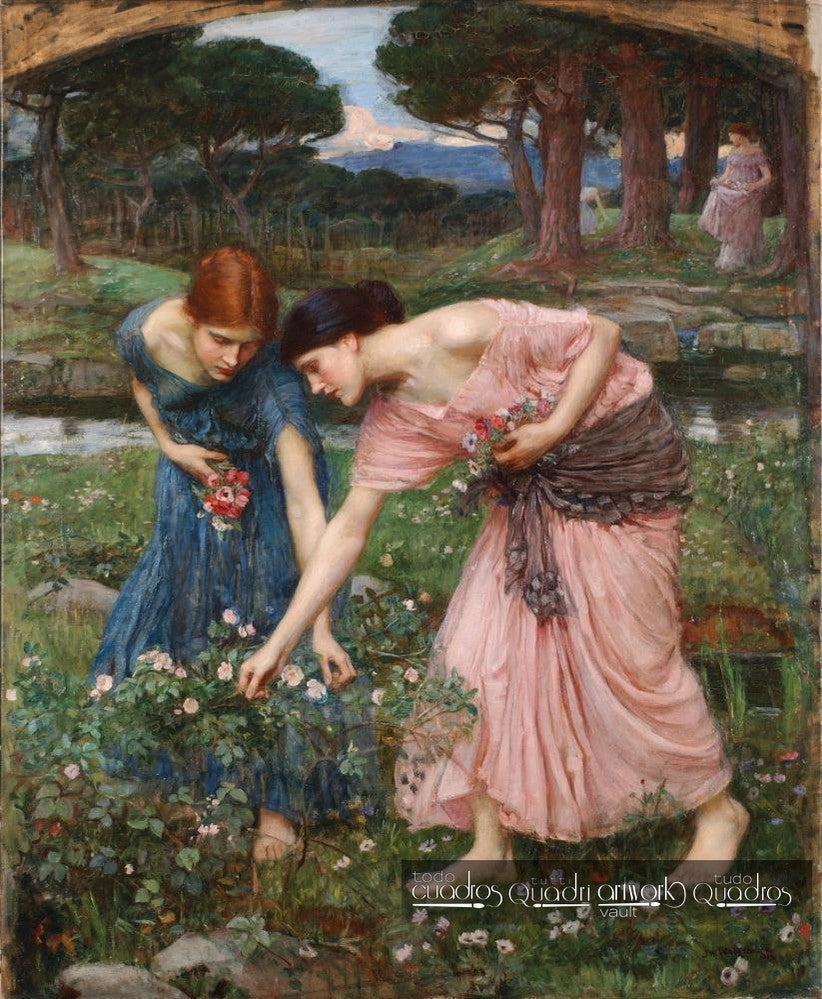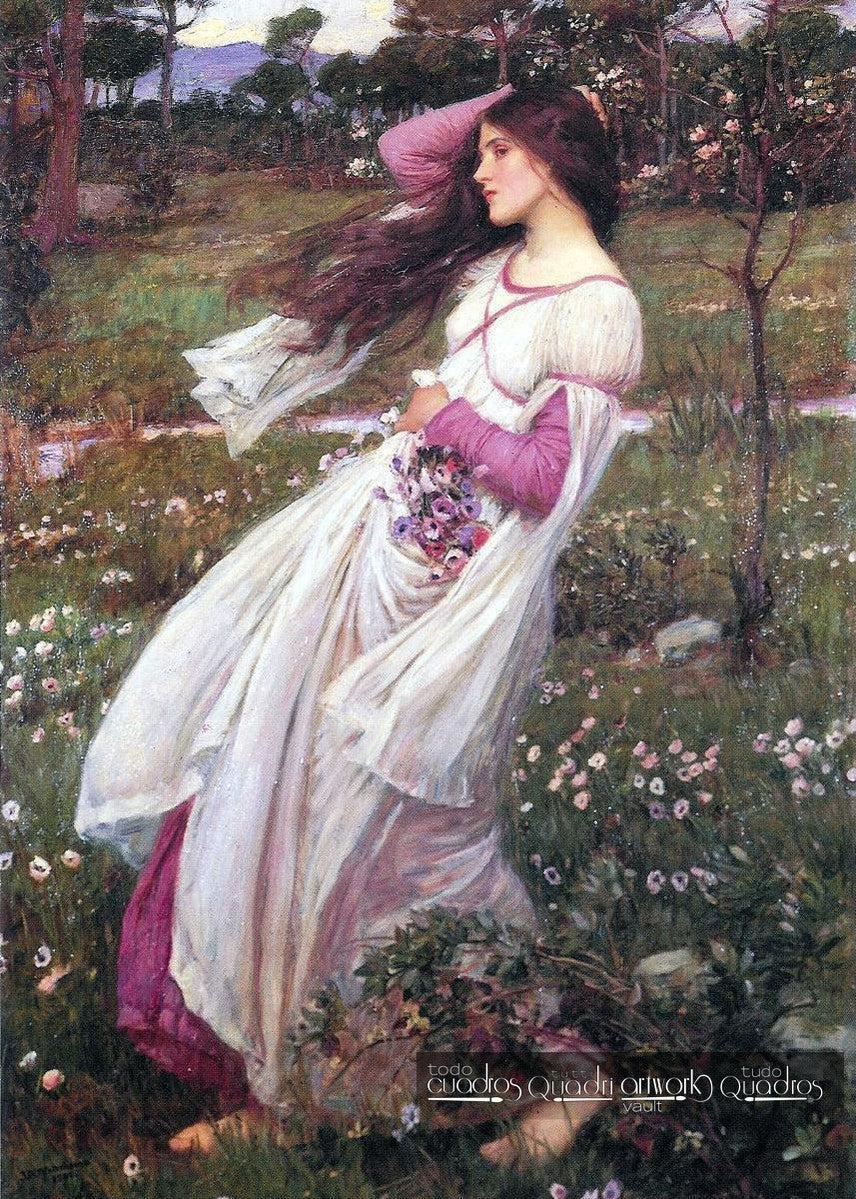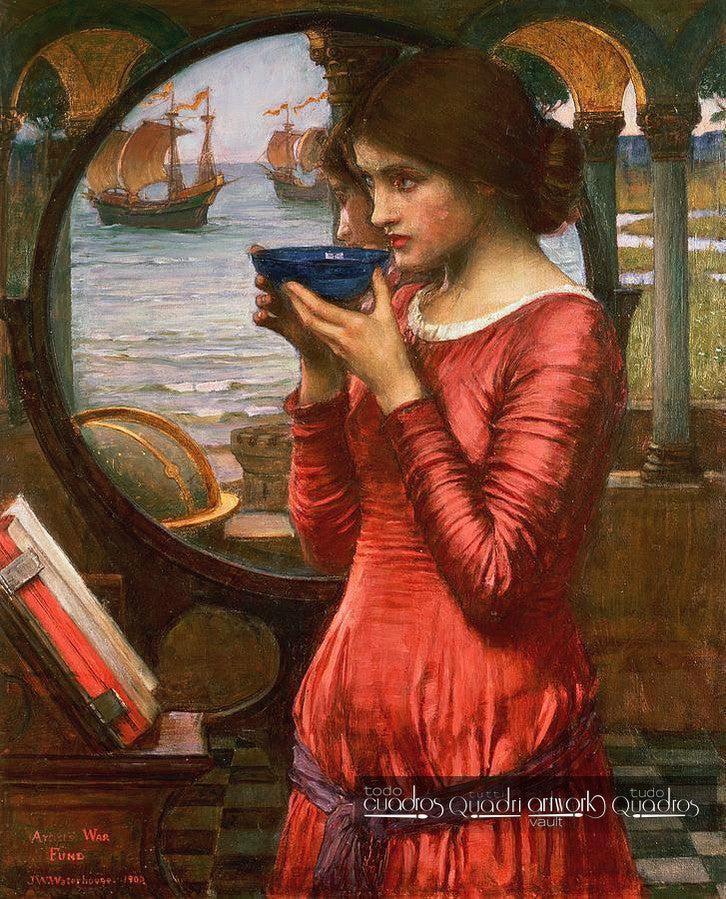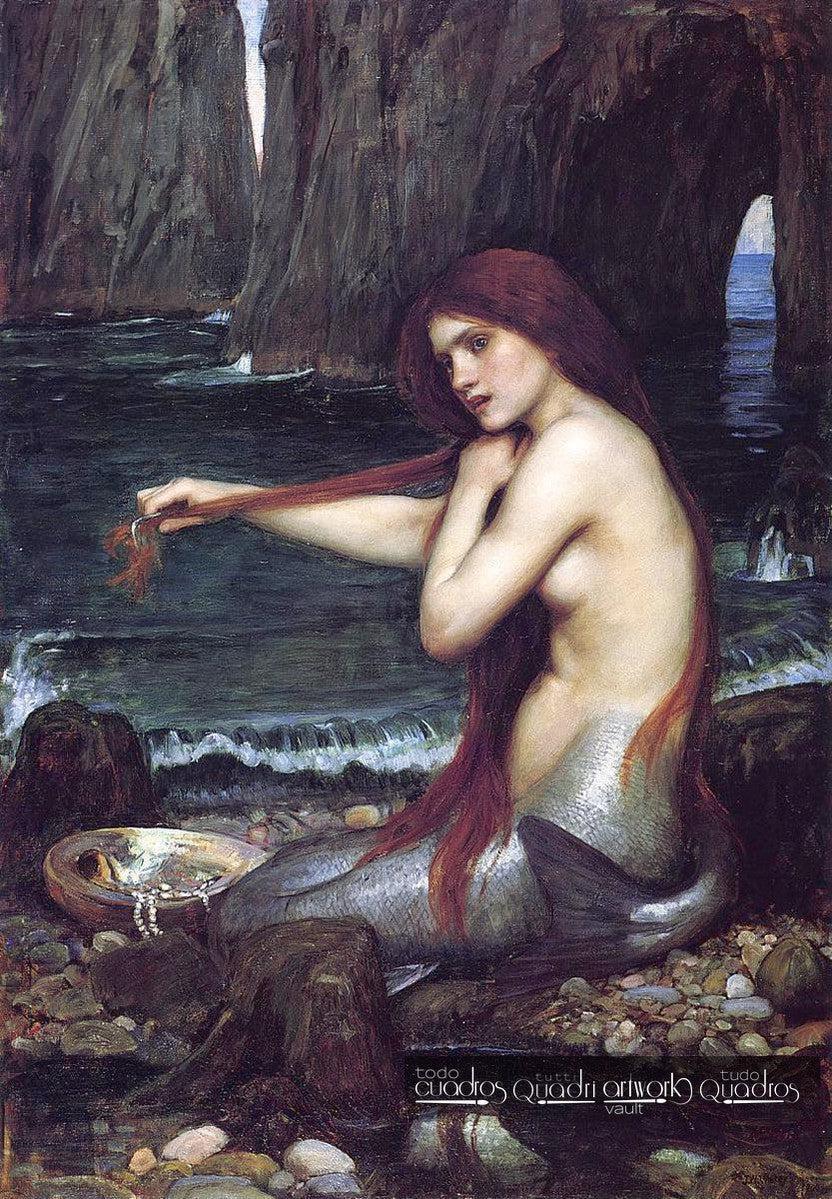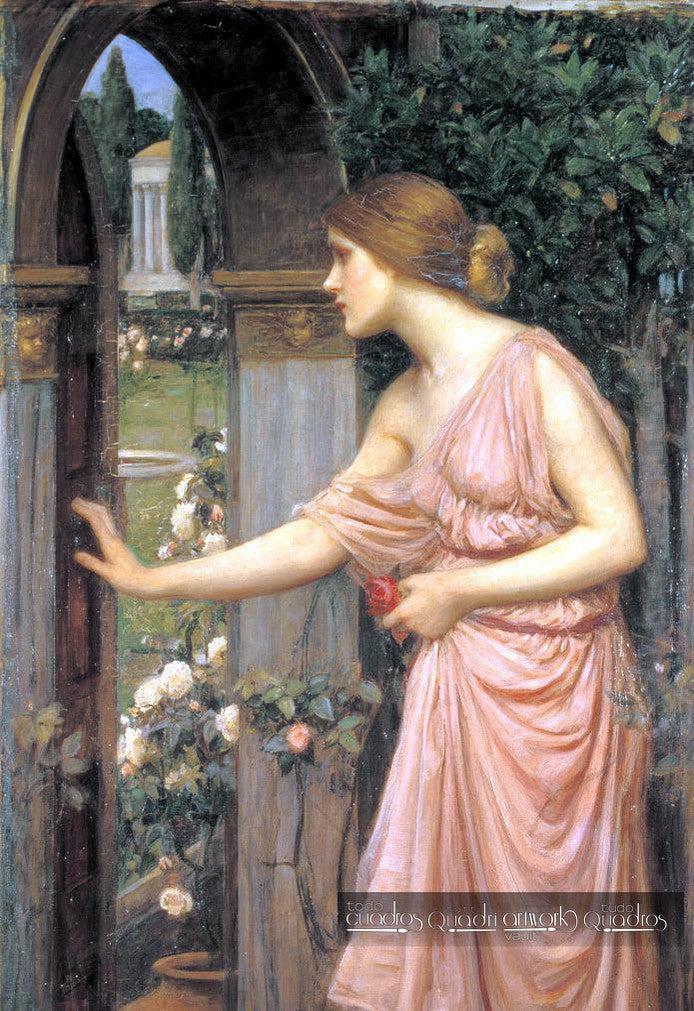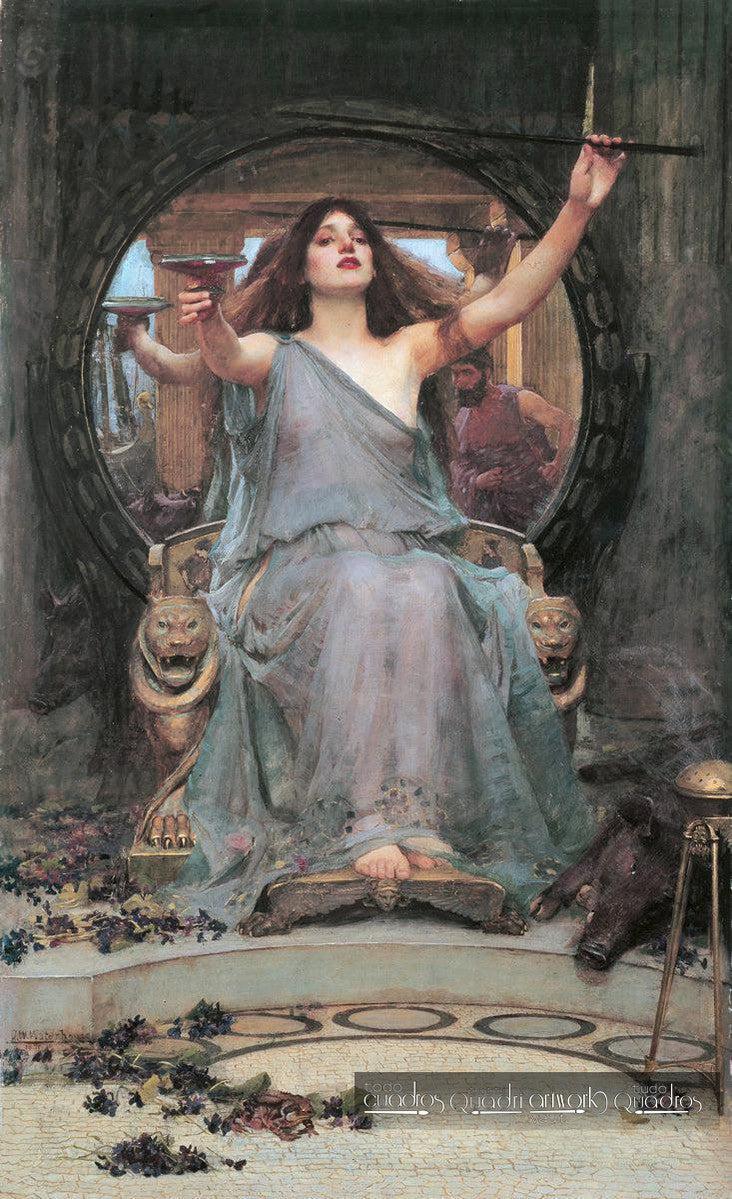The Lady of Shalott
$608.00 CAD
Circe Invidiosa
$463.00 CAD
A Grecian Flower Market
$1,051.00 CAD
Diogenes
$1,051.00 CAD
The Soul of the Rose
$463.00 CAD
Apollo and Daphne
$608.00 CAD
Ariadne
$463.00 CAD
Echo and Narcissus
$1,051.00 CAD
The Charmer
$463.00 CAD
The Shrine
$463.00 CAD
Boreas
$463.00 CAD
Lamia 1909
$463.00 CAD
Gather Ye Rosebuds While Ye May
$608.00 CAD
Miranda - The Tempest
$463.00 CAD
Windflowers
$463.00 CAD
Destiny
$463.00 CAD
A Mermaid
$463.00 CAD
Psyche Opening the Door into Cupid's Garden
$463.00 CAD
The Siren
$608.00 CAD
The Crystal Ball
$463.00 CAD
Circe Offering the Cup to Ulysses
$608.00 CAD
Nymphs Finding the Head of Orpheus
$608.00 CAD
